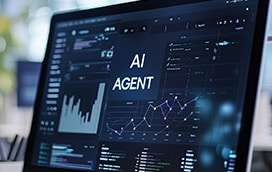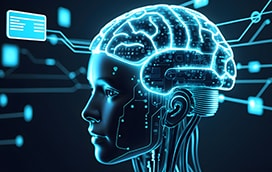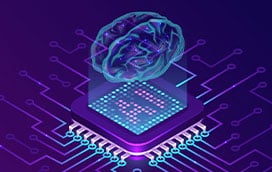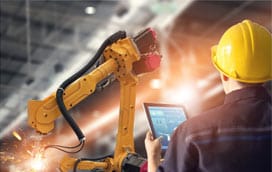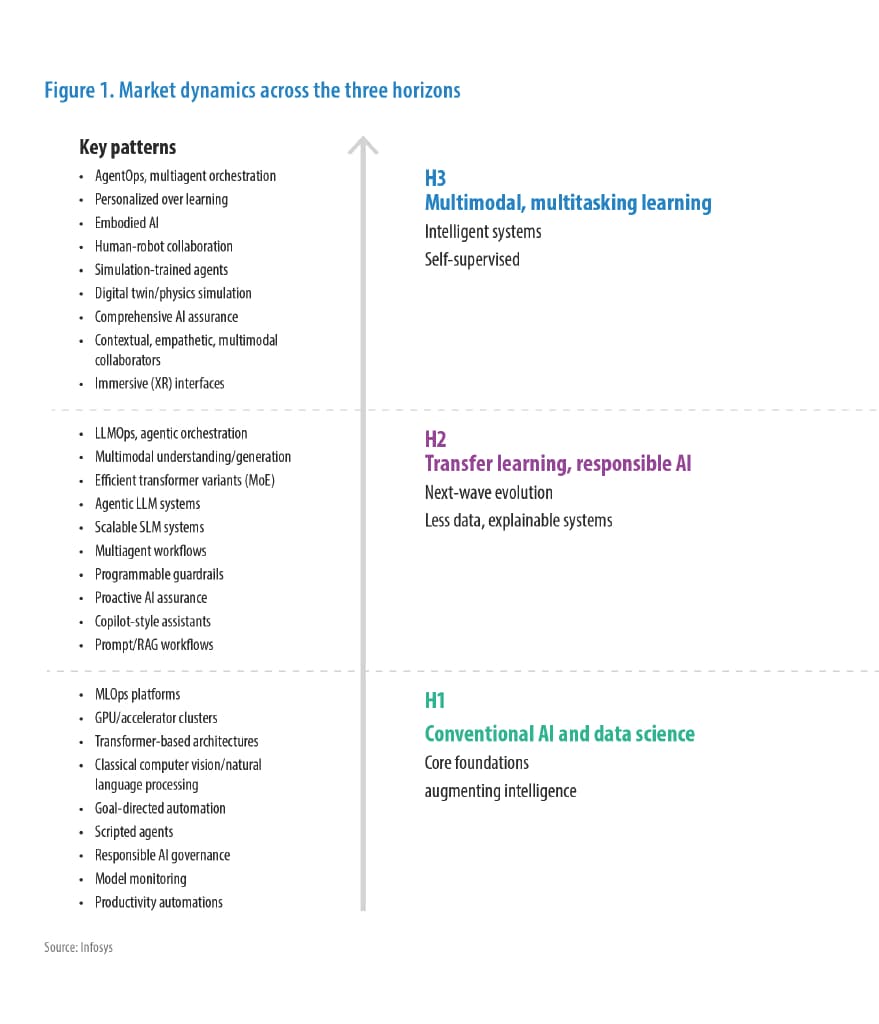Artificial Intelligence
Artificial intelligence (AI) is accelerating through transformative breakthroughs in agentic systems, multimodal processing, and frontier cognitive architectures — innovations that are reshaping the enterprise landscape as we know it. What began as a promising experiment has now matured into demonstrable business impact.
Enterprise AI architecture and technology: Designing the autonomous future
H3
Multimodal, multitasking learning
Intelligent systems, Self-supervised
Key Patterns
- AgentOps, multiagent orchestration
- Personalized over learning
- Embodied AI
- Human-robot collaboration
- Simulation-trained agents
- Digital-twin/physics simulation
- Comprehensive AI assurance
- Contextual, empathetic, multimodal collaborators
- Immersive (XR) interfaces
H2
Transfer learning, responsible AI
Next-wave evolution, Less data, explainable systems
H1
Conventional AI and data science
Core foundations, Augmenting intelligence
Key trends across AI subdomains
Trend 1
AI platforms become smarter, specialized, and multimodal
Trend 2
Autonomous, agentic AI platforms reshape enterprise operations
Trend 3
GPU-as-service emerges as the new infrastructure model
Trend 4
Alternate hardware drives cost-efficient AI interence
Trend 5
Smaller language models gain relevance
Trend 6
Holistic intelligence becomes AI's next frontier
Trend 7
Robotics evolves into adaptive partners
Trend 8
Shift to efficient and specialized architectures
Trend 9
Move from reactive processing to proactive, anticipatory behavior
Trend 10
AI makes cognitive leap from execution to reasoning
What's New
Latest White Papers, Tech Blogs and View Points

Subscribe
To keep yourself updated on the latest technology and industry trends subscribe to the Infosys Knowledge Institute's publications
Count me in!



